
Apple, Meta Hot Streaks Fuel Nasdaq 100’s July Rally
Major technology and internet stocks have rallied throughout this year, with July the latest in a lengthy streak
2023-08-01 04:24

HP Victus 16 (2023) Review
We reviewed the HP Victus 16 gaming laptop back in 2021, but new CPU and
2023-08-01 03:30

Futuristic concrete could transform roads and homes into giant batteries
A next-generation energy storage system made of cement and an ancient ink has the potential to massively scale-up renewable energy operations by transforming homes and roads into giant batteries, according to the scientists who invented it. A team from the Massachusetts Institute of Technology (MIT) and the Wyss Institute in the US unveiled the design on Monday, claiming that supercapacitors made of this material have “great potential” to assist in the world’s transition to clean energy. “The material is fascinating because you have the most-used man made material in the world, cement, that is combined with carbon black, that is a well-known historical material – the Dead Sea Scrolls were written with it,” said MIT professor Admir Masic, who was involved in the research. “You have these at least two-millennia-old materials that when you combine them in a specific manner you come up with a conductive nanocomposite, and that’s when things get really interesting.” The concrete mix of cement and carbon black only requires water, making it a low-cost alternative to other energy storage systems being developed to allow energy networks to remain stable despite fluctuations to renewable energy sources like solar, wind and tidal power. The researchers say their supercapacitor could be used in the concrete foundations of a house to provide an entire day’s worth of energy without adding any additional construction costs. It could even eventually be used on concrete roadways to provide contactless recharging for electric cars as they travel. “There is a huge need for big energy storage,” said MIT professor Franz-Josef Ulm. “That’s where our technology is extremely promising, because cement is ubiquitous... [It] offers a new way of looking toward the future of concrete as part of the energy transition.” Early applications will likely be with isolated homes or buildings equipped with solar panels that do not have access to grid power. The concrete mixture can also be adjusted to serve other uses, the scientists noted, such as heating systems. A paper detailing the research, titled ‘Cement supercapacitors as a scalable energy storage solution’, was published in the journal Proceedings of the National Academy of Sciences on Monday. Read More Hundreds of years after it was discovered, one material is about to change the world Battery breakthroughs are about to trigger a transport revolution
2023-08-01 03:00

Karpowership, Mulilo Have South African Grid-Access Rights Extended
Eskom Holdings SOC Ltd. has extended the right of least two companies to connect to South Africa’s power
2023-08-01 02:26

Juul seeks authorization on a new vape it says can verify a user's age. Here's how it works
E-cigarette company Juul Labs is seeking US authorization to sell a "next-generation" vape with age verification capabilities in the United States.
2023-08-01 01:01

Nasa Voyager 2: Space agency accidentally loses contact with pioneering space probe
Nasa has “inadvertently” lost contact with Voyager 2, its pioneering spacecraft. The space agency said that it had sent a series of planned commands to the probe on 21 July. But those moves left Voyager 2 pointing in the wrong direction: its antenna is now pointing two degrees away from Earth, and so it has lost contact with its engineers. It cannot either receive commands or send back data, Nasa said. Ordinarily, it would do so by establishing contact with the Deep Space Network, or DSN, which is a set of ground-based antennas that allow for communications with distant spacecraft. But the data being sent by Voyager 2 is not reaching that network. Voyager 2 is now floating on its own, almost 20 billion kilometres from Earth. Nasa still hopes to be able to re-establish contact with the probe, however. It is programmed to automatically reset its orientation a number of times each year, to push its antenna back to Earth. The next reset is expected to happen on 15 October, Nasa said. Until then, the space agency expects the probe to “remain on its planned trajectory during the quiet period”, it said. As its name suggests, Voyager 2 was part of a pair, both of which were launched in 1977. Voyager 1 is floating even further from Earth – at 24 billion kilometres – and Nasa says it is continuing to operate as normal. The Voyager programme brought with it a host of records: Voyager 2 is the only spacecraft to have visited Uranus and Neptune, and together they are the only spacecraft made by humans to ever have entered interstellar space. Even almost 50 years since they were launched, the pair of Voyager spacecraft have continued to send back useful and important information to Nasa for examination by scientists on Earth. They have contributed to a host of new findings about the very distant edges of our solar system. Read More How to take the perfect picture of tonight's supermoon Elon Musk installs huge, glowing letter on top of his office A game where you go to sleep in real life is one of the most popular in the world
2023-08-01 00:59
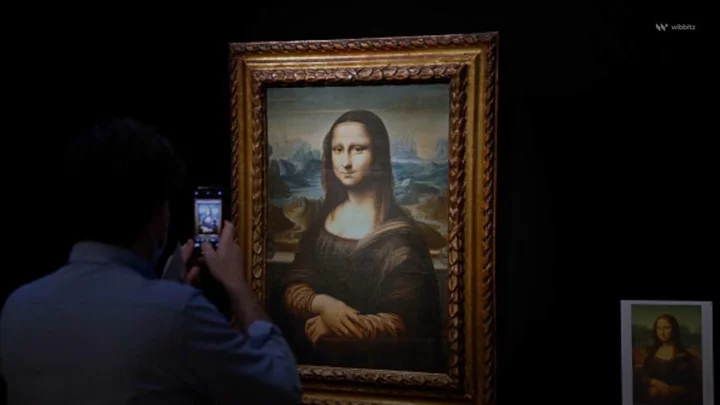
AI generated modern Mona Lisa slammed for catering to the 'male gaze'
As artificial intelligence has become a bigger part of the cultural conversation many have used its power to create art, a subject that’s been highly controversial amongst artists who accuse AI of stealing and profiting of their work. The most recent AI art to go viral is a depiction of what Da Vinci’s iconic Mona Lisa would look like today, and the result is… interesting. The AI version showed a lot of changes. Clearer sing, wide eyes, a bit of makeup and a lot of cleavage. Many men seemed suddenly attracted this version of Mona Lisa leaving comments such as “now I’m interested in art” and “would” about a non-existent version of the famous woman. Sign up to our free Indy100 weekly newsletter But many were critical of the picture. “Y’all notice how ai art is very much catered to target the male gaze…” commented one user. One user said the image was “a very funny illustration of AI bias,” and that this other Mona Lisa “makes a starker point about AI and art.” He goes on to say that, “real art challenges or re contextualises - it is an act of original thought. “Most AI tools can only please. They cannot subvert or invent unless so programmed.” Many seemed to agree with one tweet amassing over 80,000 likes for critiquing the image saying: "not this what she would like like according to porn addicts." Another user joked about what the actual Mona Lisa looks like today: The creator of the image Gianpaolo Rosa has addressed the controversy surrounding the image claiming that it was made to "honour Leonardo Da Vinci's masterpiece" but regonised that the sexualisation of women is "sad" and "problematic" but hopes that the image can open a dialogue about how we "perceive art and women." AI art has long faced criticism and many argue that it often shows AI's limitations, rather than its capabilities. Many say it lacks originality and creativity, often producing work after being 'fed' the real work of artists. Harry Woodgate, author and illustrator of Grandad's Camper, said to The Guardian in January: "These programs rely entirely on the pirated intellectual property of countless working artists, photographers, illustrators and other rights holders." Have your say in our news democracy. Click the upvote icon at the top of the page to help raise this article through the indy100 rankings.
2023-08-01 00:45

iPhone 15: Changes will help latest phone move towards ‘Apple’s dream’, report claims
The upcoming iPhone 15 will include a host of changes aimed at letting Apple achieve its long-awaited dream handset, according to a new report. The updated handset will bring a host of new changes, including titanium frames that will make the device stronger and lighter, as well as new display technology that will let Apple shrink down the bezels around the display. That will mean that the black border around the device’s screen will be a third smaller, according to a new report from Bloomberg. Apple has long been working to turn the iPhone into one slab of glass, without bezels or sides, so that the technology can disappear. In recent years, it has got considerably closer to that dream: with the iPhone X in 2017, it removed the “chin and forehead” at the bottom and top of the display, and since then it has further shrunk those bezels and the notch that is still required for cameras and other sensors. Even still, however, the iPhone has a bezel that wraps around the display, where the screen attaches to the side of the phone. Apple has never been able to entirely remove that border. The new device will not achieve that dream. But Bloomberg’s Mark Gurman suggested that the new device would bring it closer to it, by shrinking those sides down considerable. It will also bring an action button in the place of a mute switch, and the introduction of USB-C in the place of the existing Lightning port. Both of those features have appeared on other Apple devices already, in the Apple Watch Ultra and iPad respectively. Many of those changes have already been rumoured. But Mr Gurman has a strong track record of reporting Apple’s moves before they are publicly announced, suggesting that all those changes are likely to be true. The non-Pro version of the iPhone will also get an improvement, in the form of the “Dynamic Island” that replaced the notch in this year’s iPhone 14 Pro. That allows for more of the display to be seen, and looks to use the black cutout for the sensors as a feature rather than a frustration. All of those changes will bring an increased price, Mr Gurman reported, with prices expected to rise internationally and potentially even in the US. Recent reports have suggested the same, with some analysts indicating that some versions of the new iPhone could cost $200 more than its predecessor. The new versions of the Apple Watch will also get their first meaningful chip upgrade since 2020, bringing a “sizeable performance bump”, Mr Gurman reported. Read More New iPhone might have a mysterious button on its side – and this is what it could do iPhone users urged to check their photo library amid fears they could be deleted Rumours are growing about some bad iPhone news
2023-08-01 00:06

How Hedge Fund Managers Are Using ChatGPT
Hedge funds and other money managers are increasingly leaning on ChatGPT for marketing, and to summarize vast reports,
2023-07-31 23:45

Some Windows users are reporting 'update and shut down' bugs
It sounds like Windows is being annoying for some folks. Microsoft's PC operating system is
2023-07-31 23:31
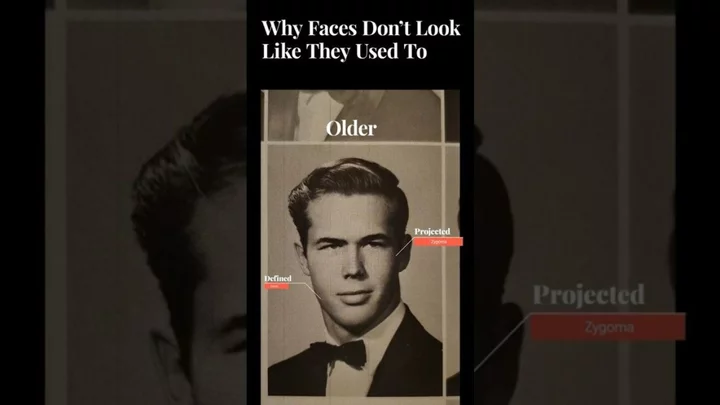
Facial experts proves why the modern world is making you less attractive
We’re sorry to bring you this news, but humans are becoming less attractive. At least that’s according to a facial expert who posted a comprehensive video explaining his findings on TikTok. Shafee Hassan is the founder of facial aesthetics consultancy firm QOVES. He posted a clip on social media sharing his theory that modern living conditions have affected how people look over recent years. He says in the clip: “The average person's face is becoming increasingly disadvantaged by modern diets, sleeping patterns, pollutants and orofacial habits creating a greater inequality in ‘the attractives’ vs ‘the unattractives’.” Sign up to our free Indy100 weekly newsletter The video sees Hassan begin by asking the viewer if they’ve ever considered why teenagers in the 1950s looked so much older in pictures than teenagers do now. Picking out one example, he studies one man’s “gonion”, which is the top of the lower jaw and his cheekbone. Considering how people’s face shapes have changed over the years, he said: “There are multiple theories about why this is the case, but the one that makes the most intuitive sense at least to me is presented in Contemporary Orthodontics by [US orthodontist William] Proffit and colleagues using what's know as the functional matrix hypothesis.” He went on to consider that the “development of the face is dependent on the forces you put on it, for the upper and lower jaw” – which according to Hassan are two of the most important things when it comes to attractiveness. The clip then shows the importance of the jaw developing correctly, stating that certain elements can impact upon it and the tongue can “[push it downwards or outwards” before it has grown properly. It focuses on one case involving a young girl who had a sinus infection which means she was forced to breathe through her mouth, thus stopping the bone from developing. “With 70 per cent of the Western world, having some kind of malocclusion or recession, much like this, it's a very good explanation for why faces are becoming less and less attractive as time goes on,” he added, summing up the clip. Have your say in our news democracy. Click the upvote icon at the top of the page to help raise this article through the indy100 rankings.
2023-07-31 23:13

Twitter threatens to sue hate-speech watchdog group
In a July 20 letter shared publicly Monday, Twitter threatened to sue the Center for Countering Digital Hate, accusing the group of a campaign to hurt Twitter by driving away its advertisers.
2023-07-31 23:08
You Might Like...
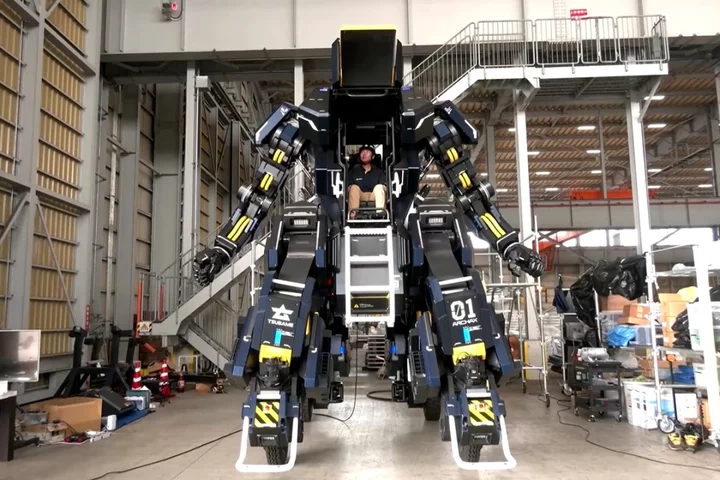
Japan startup unveils 15-foot robot suit for space exploration

Florida rejects social studies textbooks that mention social justice, taking a knee and other content of 'concern'

Chinese hackers seeking to disrupt communications between US and Asia in event of crisis, Microsoft says

Melanie Martinez fans left disappointed with "interactive photo experience" for VIP guests
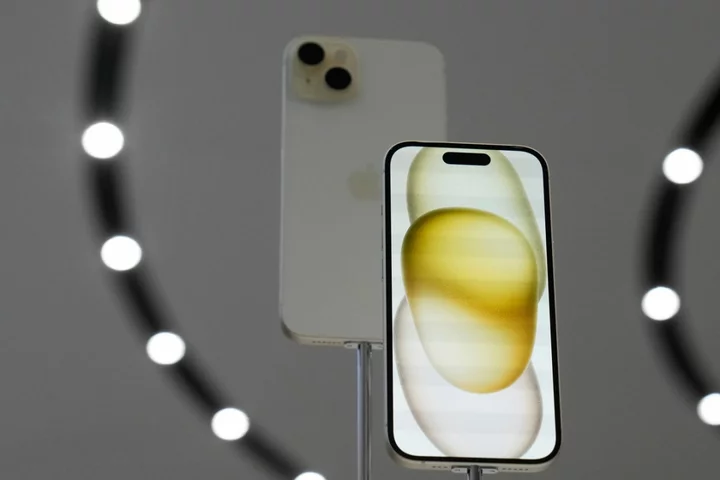
iPhone 15 update: Apple pushes new iOS 17 download to fix hot phones
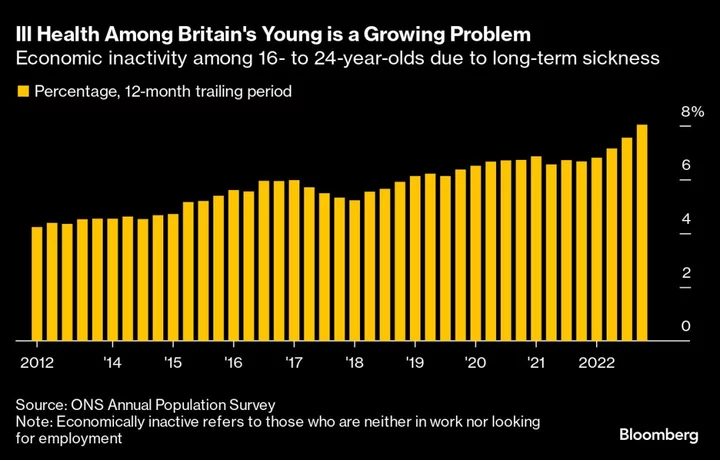
Wealth, Social Class Impact How Gen Z Plan Their Future

Return-to-Office Stalwart Austin Increasingly Working From Home

Google Lost Map Traffic with Apple Maps Switch on iPhones, Executive Says
